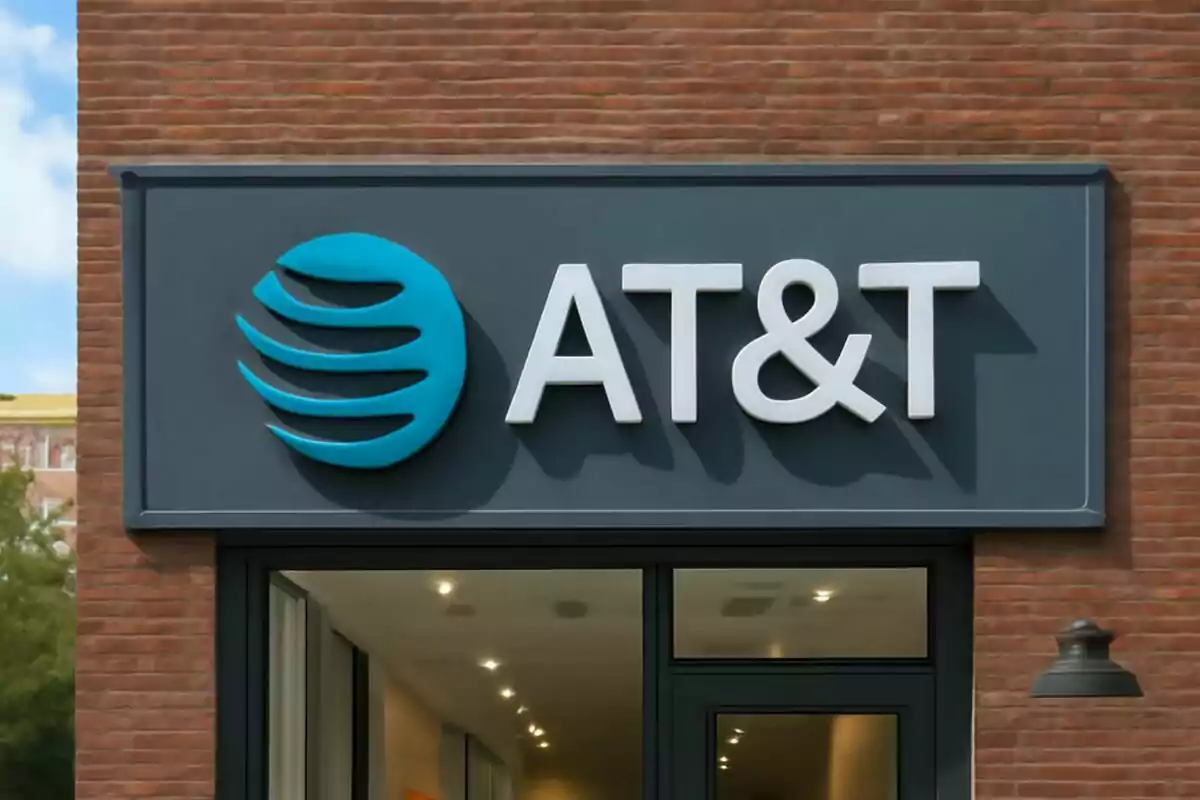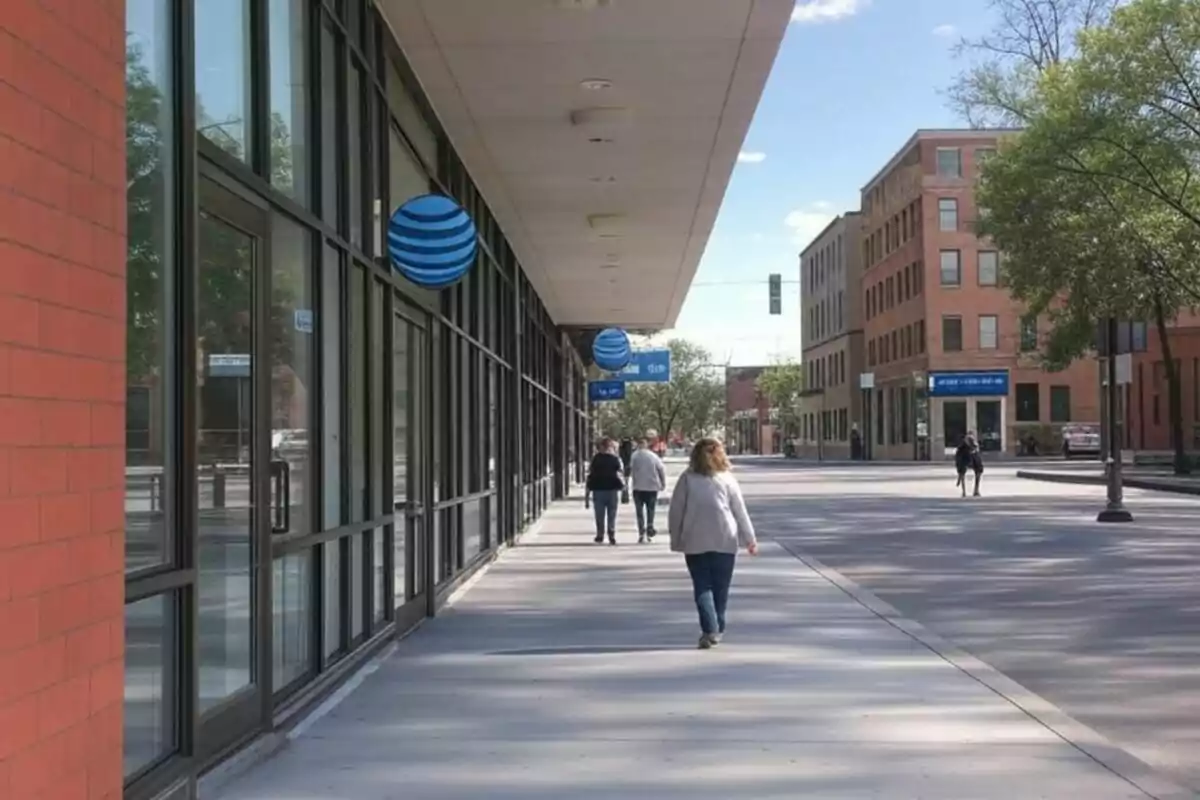
Important statement from AT&T: they know that keeping it hidden any longer didn't make sense
The operator's customers are receiving this news with great satisfaction because of all the benefits it will bring
AT&T has finally taken a step forward and confirmed what many already suspected. After weeks of rumors and speculation, the company has decided to speak clearly about a key issue for the future of telecommunications. This is about satellite connectivity.
Although other operators have made headlines in this field, AT&T has been working quietly until now. The company has published an official statement making it clear that they won't fall behind in this new era. Their goal is ambitious: to bring mobile connection to remote and hard-to-reach areas of the United States.
For this, the partnership with AST SpaceMobile, a company specialized in satellite technology, is essential.

AT&T ensures connectivity across the country
AT&T already has the largest wireless network in North America, covering more than 1.15 million sq. mi. (2.99 million km²) and reaching more than 99% of the U.S. population. Even so, there are rural or isolated areas where the mobile signal is still limited.
For these places, the company is developing an innovative satellite solution. It's capable of offering calls, text messages, and browsing through a regular cell phone, without the need for special equipment.
This proposal aims to eliminate dead zones once and for all, integrating satellite technology with AT&T's current network. In July, as part of the tests, they managed to make the first voice call and the first SMS using only one satellite and a regular phone, thanks to the collaboration with AST SpaceMobile.
They did it using AT&T's usual spectrum and commercial network, with no tricks or accessories.

One of the major benefits of this technology is its usefulness in critical situations. In remote areas, when an emergency occurs, communication can make the difference between life and death. That's why AT&T is also developing this service with emergency teams and first responders in mind, through their FirstNet network.
Thanks to this approach, emergency professionals will be able to count on mission-critical services, such as push-to-talk. Even in areas where there wasn't even a single bar of signal before. This will allow for a faster and more effective response to fires, natural disasters, or any unforeseen situation.
AT&T doesn't want to fall behind
Although silence has reigned for months, it's clear that AT&T has been working hard on these solutions for some time. It's true that other companies have captured the public's attention with their own satellite connectivity projects. But AT&T responds with facts.
The vision is clear: a future where everyone, wherever they are, can be connected. That includes users living in big cities, as well as those residing in rural areas or working in mountainous and hard-to-reach regions.
More posts: